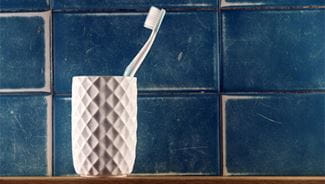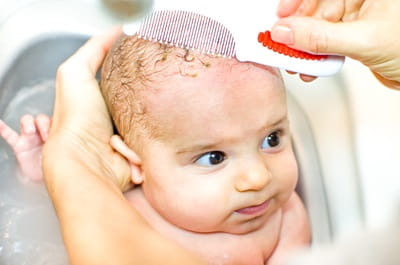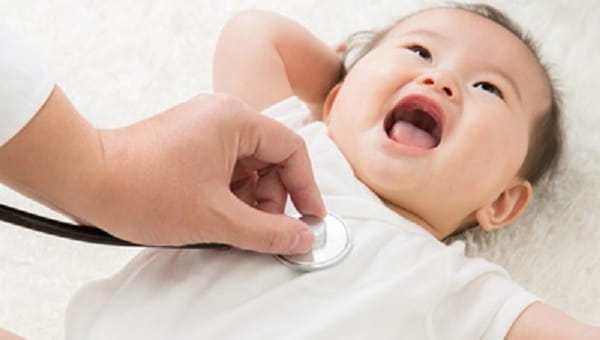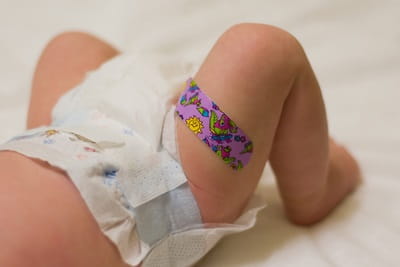Germs, bacteria, parasites and pathogens. They’re everywhere, even a few places you wouldn’t think of. For instance, more germs are transferred when shaking someone’s hand versus kissing. Ten percent of your body weight is made up of bacteria, and even a clean mouth can have between 1,000 and 10,000 bacteria on each tooth. And that’s just the germs on our body. Think about the countless germs that could be on the surfaces that you touch every day.
Bacteria Breeding Grounds
- Your toothbrush: Where do you keep your toothbrush? Studies have shown that microorganisms are ejected when you flush the toilet, which may land on surfaces in your bathroom. Keep your toothbrush as far away from the toilet as possible and make sure it’s dry before you put it away. Moisture promotes bacteria growth.
- Your cell phone: According to a University of Arizona study, your cell phone may have 10 times more bacteria than a toilet seat. You should remove the case from your phone and disinfect it with antibacterial wipes. Consider doing the same for your ear buds or headphones.
- Your welcome mat: A study conducted at the University of Arizona found that 96 percent of shoe soles had trace amounts of coliform, a fecal bacteria. When you wipe your feet on the mat, you leave traces of those, which can be transferred to packages that are left at your door or the grocery bags that you put down while you unlock the door. A good washing with a disinfectant is recommended to help keep that bacteria out of the house.
- Your kitchen sponge: The sponge in the kitchen sink is said to be the most contaminated object in your home. Studies have found that it can be a breeding ground for MRSA, staphylococcus or salmonella. Try using your dishwasher as a cleaning tool for your sponge and consider switching your sponge out after you do really dirty dishes.
- Your desktop: When was the last time you cleaned your desk, keyboard or phone? There may be 400 times more bacteria on your desk than a toilet bowl. One-third of office surfaces contain the parainfluenza virus, which causes cold and flu. These types of germs can survive two to three days on your keyboard, computer mouse and phone. Think about disinfecting your desk the next time you sneeze or have a runny nose at work.
Douse the Germs
You may drive yourself a little crazy thinking about how clean, or unclean, all surfaces are. Your best defense against everyday germs and bacteria is to disinfect your hands. Carry travel-sized hand sanitizer with you or revisit the basics of handwashing.




